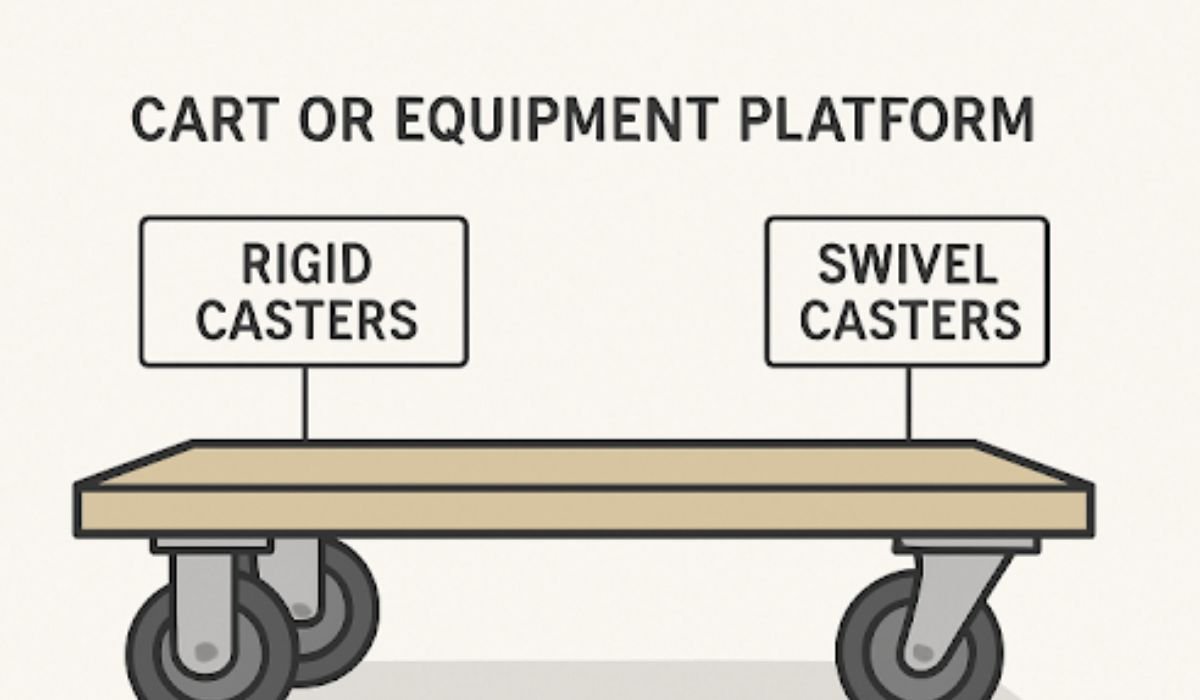A clean fault log doesn’t always mean the emissions system is running efficiently. Many Euro 6 compliance heavy vehicles pass reporting checks yet still experience blocked diesel particulate filters (DPFs), weak regeneration cycles, and rising fuel consumption. These problems often start long before any warning lights appear on the dash. Missed cleaning intervals, inconsistent driving patterns, and overlooked sensor drift can slowly undermine performance without triggering a single code. Learning to spot the early warning signs—and acting before symptoms become critical—is key to long-term uptime, fuel efficiency, compliance, and to prevent costly truck emissions system failures.
Small Issues Become Big Ones
Modern emissions systems depend on consistent airflow, proper engine load, and stable operating temperatures. For Euro 6 compliance heavy vehicles, that balance is hard to maintain on low-speed metro delivery routes or in stop-start city traffic. Passive regeneration requires long stretches at highway speed. Without those conditions, soot accumulates, forcing active regeneration to engage more frequently. Over time, repeated regens increase backpressure, reduce engine responsiveness, and can eventually clog the filter, leading to forced downtime and costly repairs. The system may technically be functioning, but that doesn’t mean it’s working optimally or sustainably in the long run.
EGR Wear Takes Longer to Notice
Exhaust gas recirculation (EGR) issues often develop slowly. Valves may begin to stick slightly. Coolers can gradually clog. These changes rarely trigger a fault code right away, but they disrupt combustion balance and drive more soot into the DPF. The longer this goes unchecked, the worse the downstream effects. Delaying EGR cleaning past 150,000 km can significantly raise soot loads, reduce throttle response, and increase regeneration frequency beyond what the filter was designed to manage. The result is not only a reduction in engine performance, but also an increase in service frequency and operational costs for the fleet.
Regeneration Isn’t the Whole Job
Just because a regen system is active doesn’t mean it’s doing enough. Regeneration burns off soot, but ash—left behind from additives, fuel, and oil—continues to build over time. As ash accumulates, it restricts flow through the DPF, forcing more frequent regenerations and placing added strain on the engine. The symptoms? Sluggish acceleration, reduced fuel economy, and delayed response under load. These issues are often mistaken for general wear and tear, but in many cases, they stem from overdue DPF cleaning. When ignored, ash buildup leads to premature filter replacement that could have been avoided with better planning and maintenance protocols.
Maintenance That Targets Early Wear
Standard servicing often misses the gradual shifts that erode system efficiency. Euro 6 compliance heavy vehicles benefit most from targeted inspections that go beyond code scans. Proactive maintenance involves understanding where issues begin and checking those areas regularly. These practices include:
- Monitoring DPF pressure levels and regen frequency over time
- Tracking and reviewing ash accumulation at set intervals
- Cleaning EGR valves and coolers before restrictions develop
- Inspecting exhaust sensors, seals, and pipes for early leaks or fatigue
- Analysing regen history to detect incomplete or blocked cycles
It’s also important to integrate these checks into a broader preventative maintenance strategy. Rather than relying on alerts, teams should build a routine based on the vehicle’s usage type and load profile.
Drivers Influence System Health
Emissions system performance isn’t just about diagnostics—it’s also about driver behaviour. A large portion of DPF issues can be traced to how the truck is operated each day. Interrupted regen cycles, excessive idling, and shutting down mid-process can all cause disruptions in system function. Most drivers haven’t been trained to recognise how these systems behave or what a regen looks like in practice. That gap in knowledge leads to avoidable errors—like turning the engine off during an active regen—which compounds issues over time. Briefing drivers on basic emissions system awareness can dramatically reduce premature component wear and unnecessary workshop visits.
Stay Ahead of Faults That Build Slowly
Emissions-related breakdowns rarely happen all at once. They start small—slight airflow reduction, minor sensor drift, or missed regens—and build until the entire system struggles to function. These are precisely the kinds of issues that standard diagnostics overlook. That’s why targeted servicing and real-world understanding are essential. Maintenance teams should look beyond logs and codes, reviewing usage patterns, driver habits, and system data to uncover problems before they become urgent.
Fleet managers should also consider how external factors like route profile, weather conditions, and load type impact emissions systems. Vehicles that rarely travel at highway speeds, for example, require more frequent active regens and closer monitoring of soot load. Integrating emissions health into your broader fleet reporting helps prevent surprises and supports planning for downtime before it’s disruptive.
Take a moment to re-evaluate your current strategy. Are ash levels being logged? Is regen frequency reviewed regularly? Are EGR components being cleaned on time? Answering these questions is how you prevent costly truck emissions system failures—not just temporarily, but across the long haul. And when part replacement is necessary, working with suppliers who understand aftertreatment systems—and who can recommend the correct components for your vehicle’s operating conditions—makes a measurable difference in long-term uptime, efficiency, and compliance.











